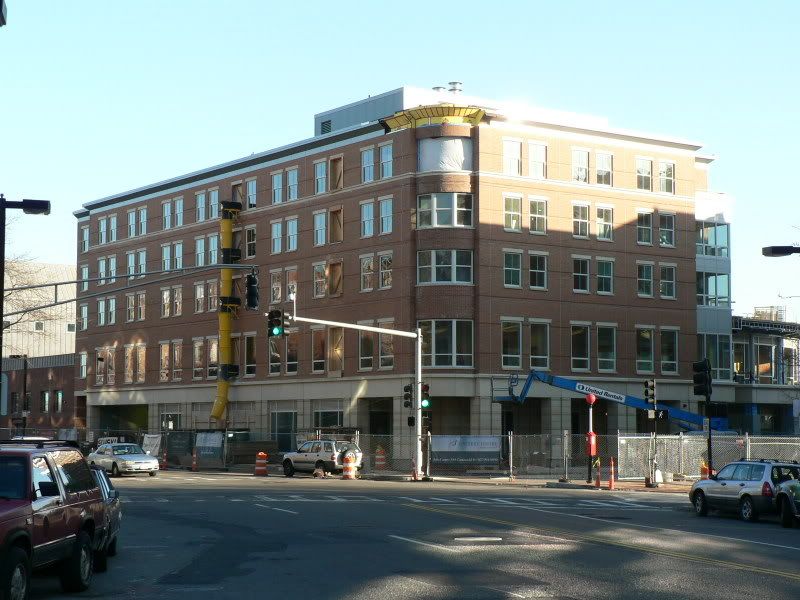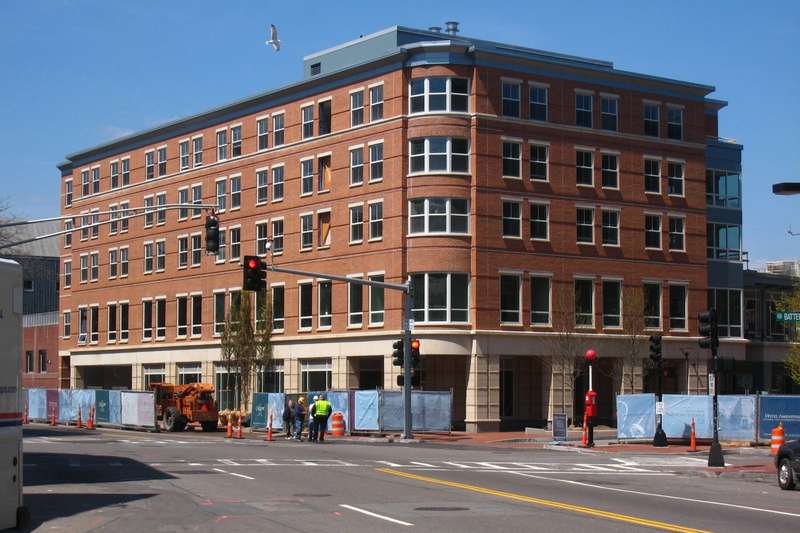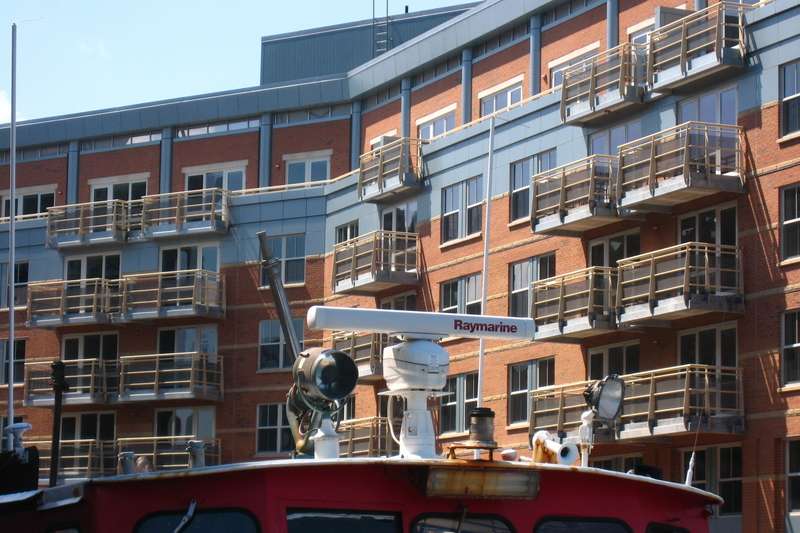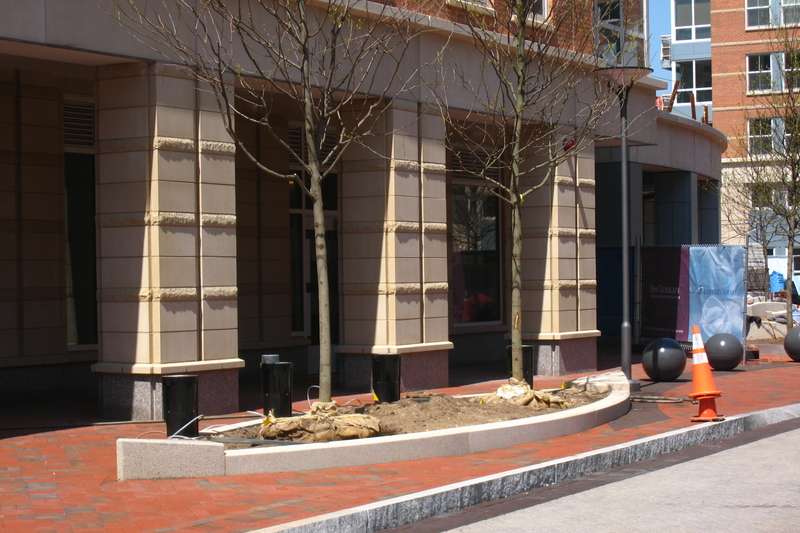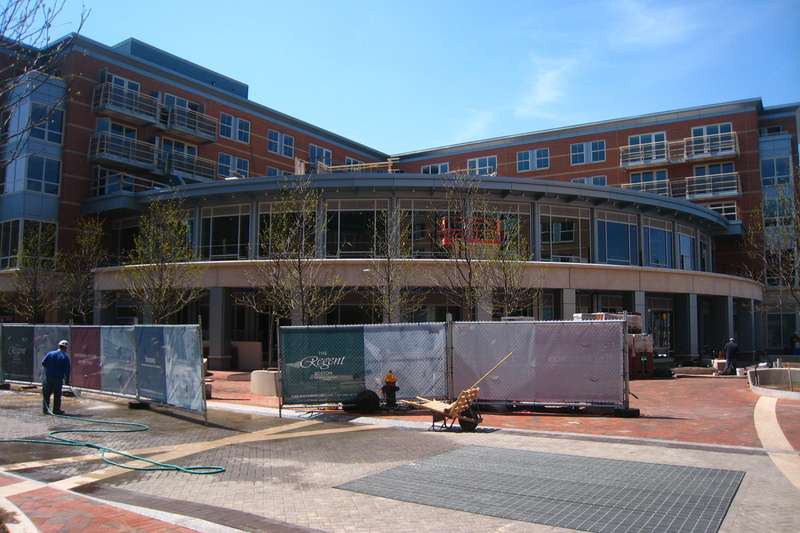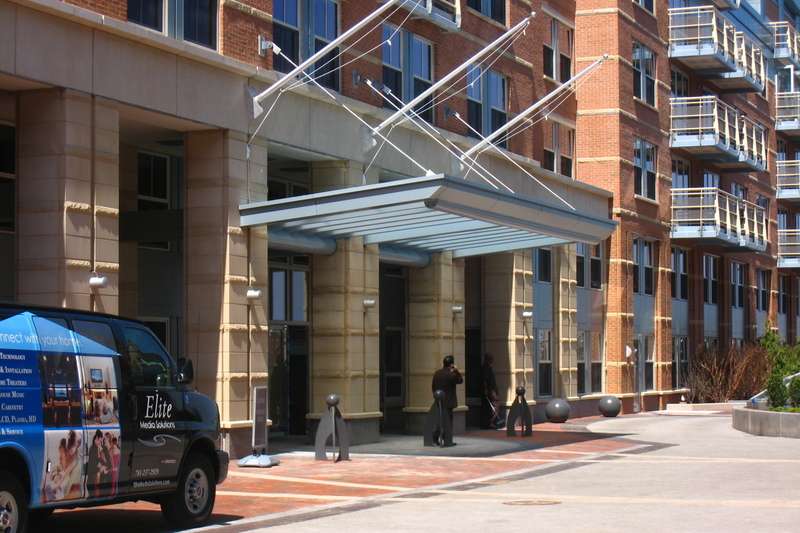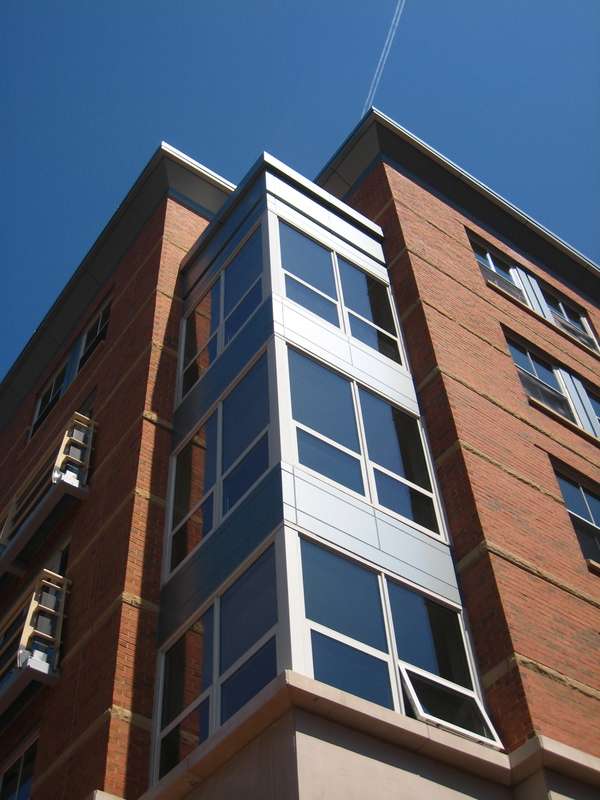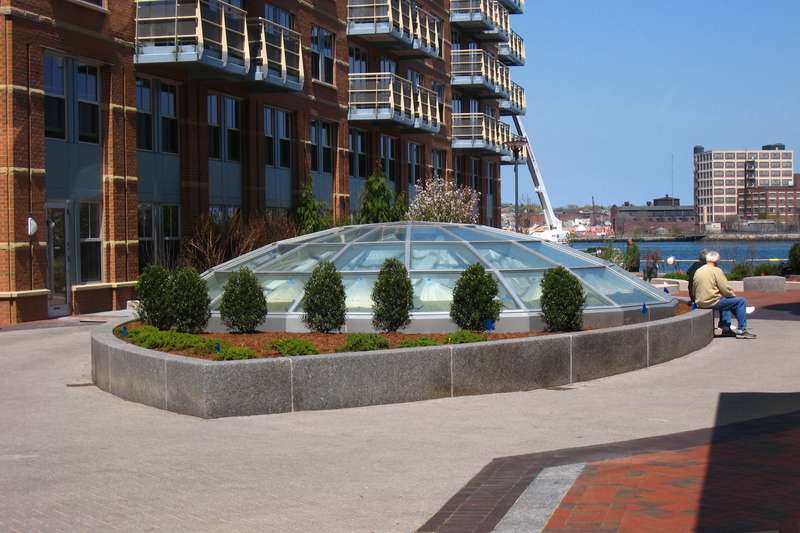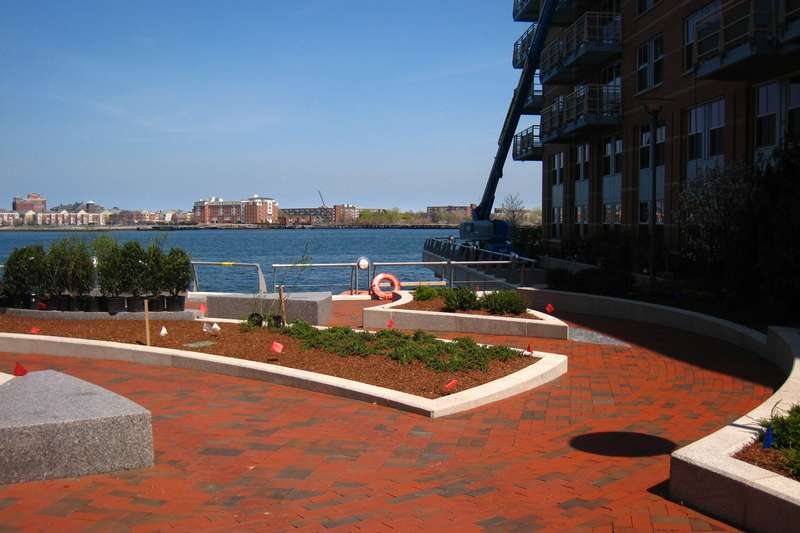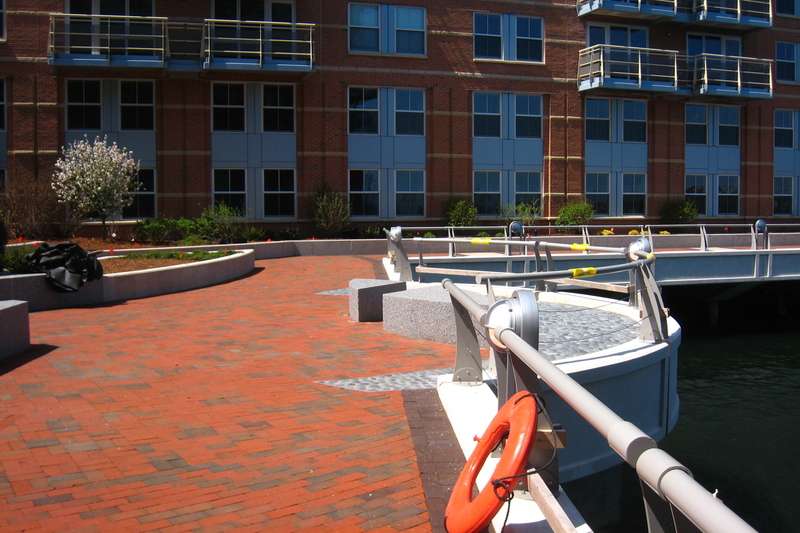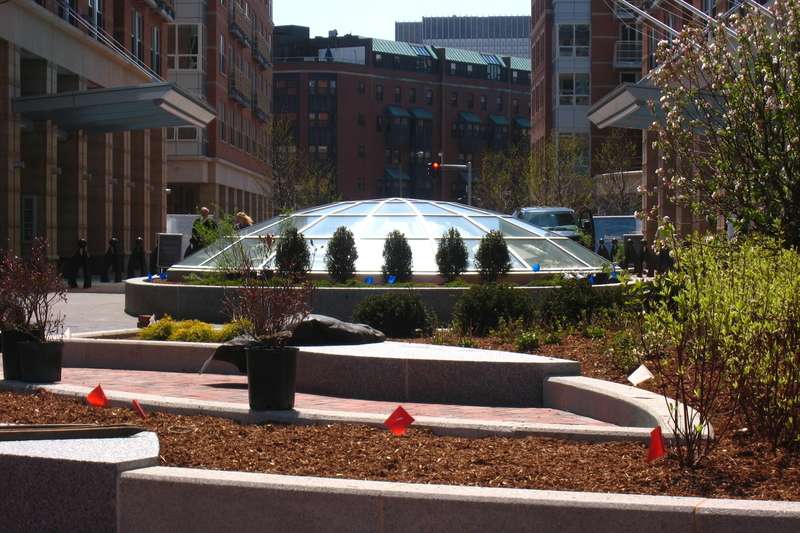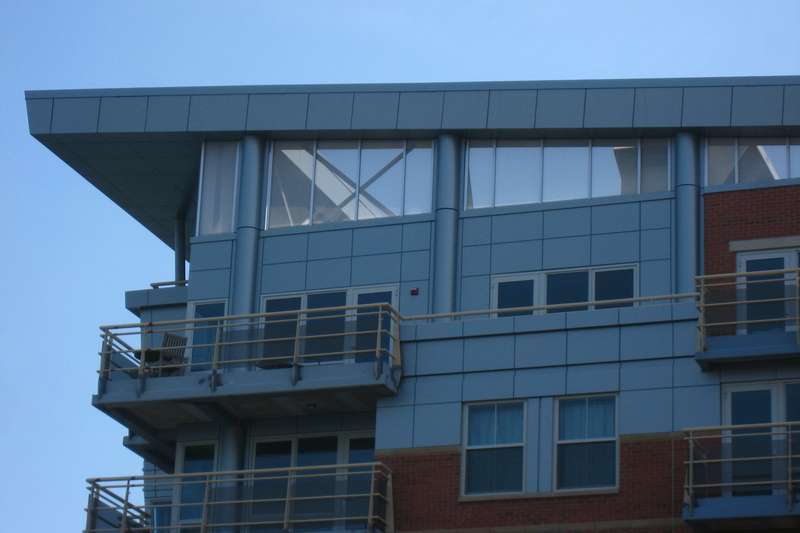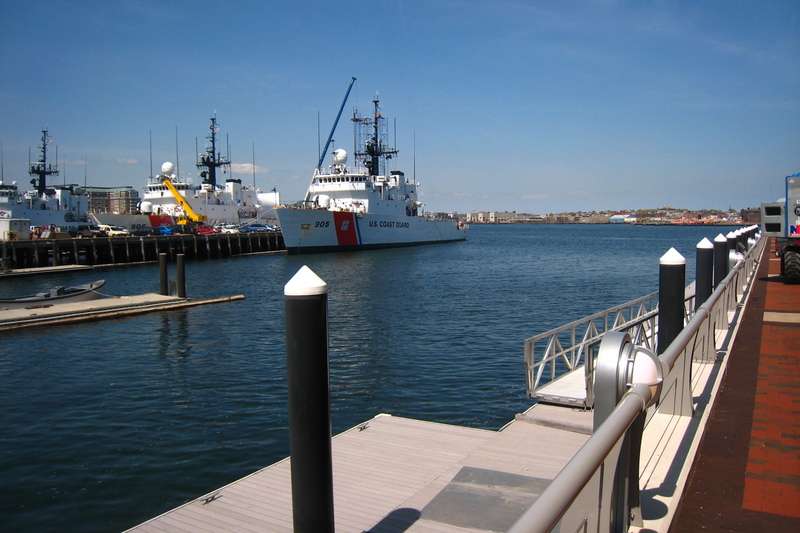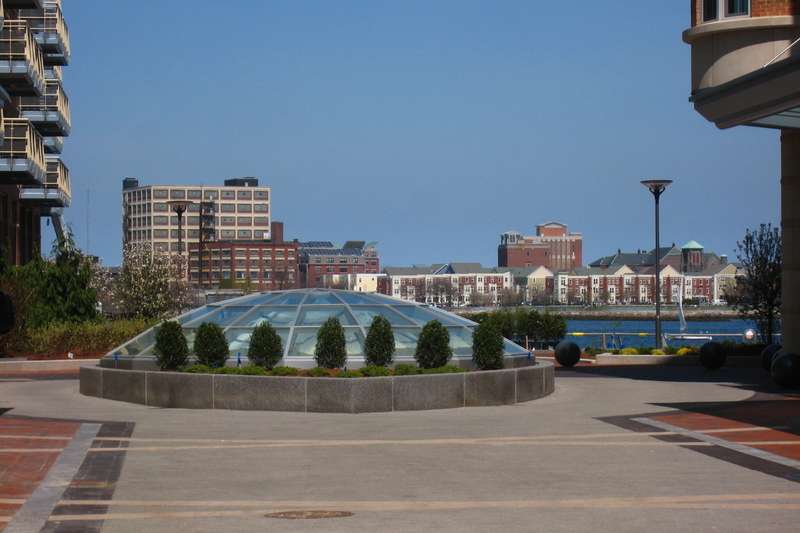- Joined
- May 25, 2006
- Messages
- 7,032
- Reaction score
- 1,861
Re: Battery Wharf
Oh god, I'm almost giddy! This is so handsome.
Oh god, I'm almost giddy! This is so handsome.

Battery Wharf June 3.
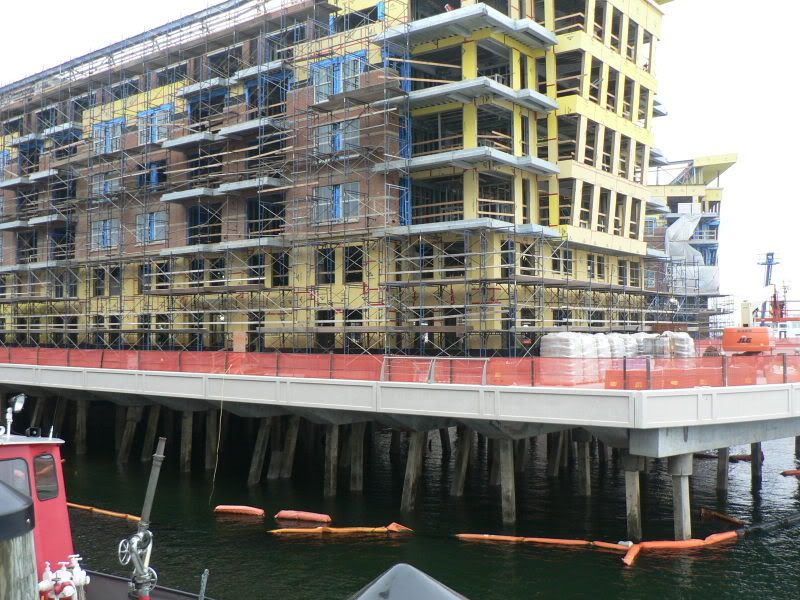
[/img]
I got a question for the people out there regarding the structural engineering of the building. How well can that warf take a beating from the harbor, I mean like during a real bad storm or hurricane? It looks sturdy and all I just don't know. Also would storm surge during a hurricane rise to the level of the dock?
ps I like this building a lot
4.3 WAVE ACTION
The inner Boston Harbor is somewhat protected by Deer Island to the north and east and Long Island to the southeast. Numerous other smaller islands also provide some shelter from the open bay/ocean wave energy. However, easterly winds and seas will cause wave related problems. Most of the lower inner harbor is exposed to the east and vessels in this area, unless berthed at well protected piers, will experience high wind waves. While the piers and wharves of Boston have generally been constructed to handle the normal 9-10 ft tidal range, some local flooding is experienced during extreme tide conditions. In the event of a storm passage at high astronomical tide, waterfront areas would be exposed to wave action. Water levels of 1 1/2 ft over the piers have been recorded at the Naval Shipyard.
4.4 STORM SURGE AND TIDES
Storm surge during hurricanes generally has not been a major problem for the Boston Harbor area. The highest surge value on record is the 3.9 ft that occurred with the September 1944 hurricane (Harris, 1963). The 1954 hurricanes, Carol and Edna, produced 3.6 and 3.2 ft surge heights. With a normal tidal range of 9 to 10 ft. surge heights of 2-4 ft will generally not be of great concern. Of course, a 4 ft surge at extreme high tide (range of about 14 ft at Boston) would cause considerable flooding; when this was topped by wind waves from the east, further problems would develop. A compounding adverse effect of surge and easterly wind waves is the restriction of the outflow from the various rivers that flow into and form the inner harbor. Such a restriction further increases the flood problem along the lower portions of the rivers, which usually experience increased flow during a hurricane passage as a result of heavy precipitation.
